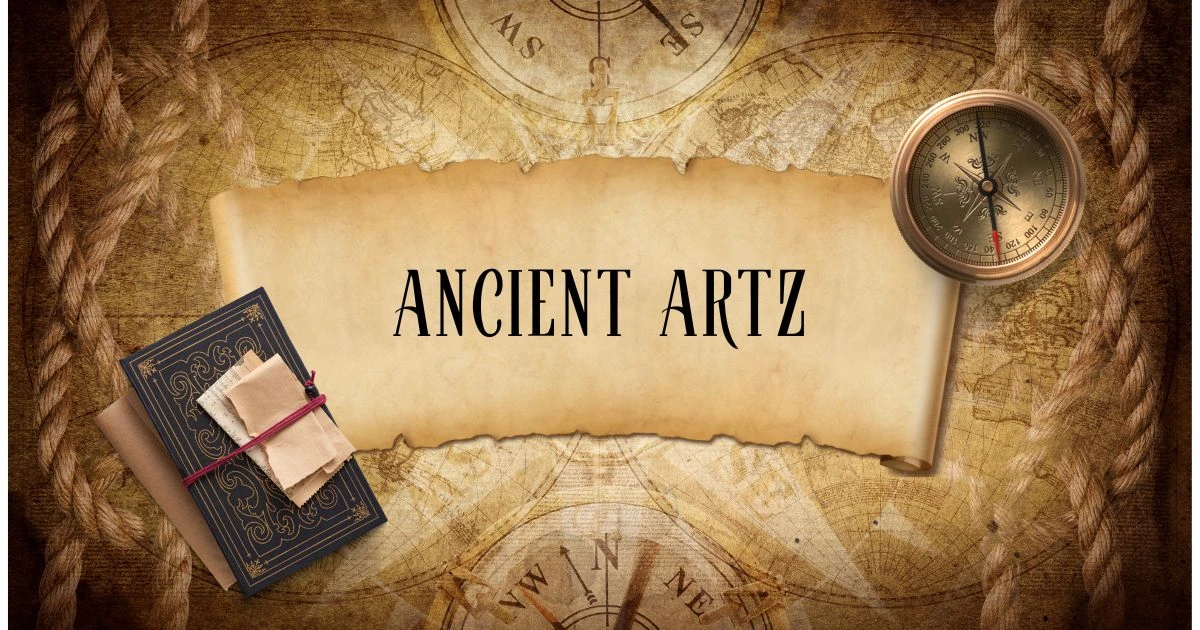Ancient Artz in a Digital World: Where Heritage Meets Hardware
Ancient artz, the creative legacy of early civilizations, is finding new life through digital technology. From cave paintings to grand temples, these treasures are being preserved and shared like never before. Tools like 3D scanning, virtual reality (VR), and augmented reality (AR) are bridging the gap between heritage and hardware. This article explores how technology is transforming ancient artz, making it accessible to everyone while protecting it for future generations.
How Technology Preserves Ancient Artz
It includes sculptures, paintings, and architecture from cultures like Egypt, Mesopotamia, and Greece. These artifacts are fragile, often damaged by time, weather, or human activity. Digital tools offer solutions to preserve them.
3D Scanning and Digital Archives
3D scanning creates detailed digital models of artifacts. For example, CyArk, a nonprofit, uses laser scanning to document sites like the ancient city of Pompeii. These scans capture every detail, allowing researchers to study objects without touching them. Digital archives store these models, ensuring ancient artz survives even if the physical artifact is lost.
Virtual Reality: Stepping into History
Virtual reality lets users explore it in immersive ways. VR-Heritage, developed by Peking University, recreates Chinese heritage sites like Zhenguosi monastery. Users can walk through temples or examine sculptures up close, all from their devices. This protects fragile sites from tourist damage while making it accessible globally.
Augmented Reality: Art Comes Alive
Augmented reality overlays digital information onto the real world. At cultural sites, AR apps enhance visitor experiences. For instance, the PALIMPSEST Project in Greece uses AR to display stories about Ioannina’s history on mobile devices. Visitors see ancient artz in context, enriching their understanding.
Why Digital Preservation Matters
Only 15% of the world’s cultural heritage is digitized. Many artifacts face threats from natural disasters, war, or neglect. Digital preservation ensures it remains accessible. It also democratizes access, letting people worldwide explore heritage without traveling.
Protecting Fragile Heritage
Sites like the Buddhas of Bamiyan in Afghanistan were destroyed by conflict. Digital copies, like those created by the Institute for Digital Archaeology, preserve their memory. These replicas, displayed in places like London, keep it alive.
Engaging New Audiences
Digital tools make ancient artz exciting for younger generations. Minecraft Education Edition lets students rebuild ancient Rome or Egypt’s pyramids. These interactive experiences spark interest in history and encourage cultural appreciation.
Challenges in Digitizing Ancient Artz
While technology offers solutions, it also brings challenges. Museums and heritage organizations face technical and ethical hurdles.
Outdated Technology
Many institutions use old hardware and software, slowing digitization efforts. The 2009 UNESCO Charter on Digital Heritage calls for partnerships to provide technical support. Upgrading systems is costly but essential for preserving it.
Ethical Concerns
Digital repatriation—returning digital copies of artifacts to their origins—raises questions. For example, the Egyptian Museum in Germany faced lawsuits over restricting access to a 3D-scanned Nefertiti bust. Critics argue that digital copies don’t replace physical repatriation, especially for looted artifacts.
Real-World Examples of Ancient Artz in the Digital Age
Projects worldwide show how technology transforms ancient artz. Here are a few standout examples.
Seokguram Temple, South Korea
Seokguram Temple, a UNESCO World Heritage Site, was digitized using 3D scanning and VR. These tools protect the 1,300-year-old Buddhist rock art from tourism and environmental damage. Visitors can now explore the temple virtually, preserving its sacred beauty.
Historica: A Digital Map of History
Historica uses AI to create a digital map of human history, including ancient artz. It combines data from archaeology, art, and science to offer a comprehensive view of civilizations. This platform supports education and research, making it a global resource.
Princeton’s Archaeological Digs
Princeton University uses digital imaging to study ancient sites in Cyprus. Tools like geographic information systems help archaeologists “peel away” layers of a site, sharing findings with the public. Students learn cutting-edge techniques, ensuring ancient artz is studied responsibly.
The Future of Ancient Artz
The future of ancient artz lies at the intersection of heritage and hardware. Emerging technologies promise even greater possibilities.
Artificial Intelligence
AI can analyze artifacts, identify patterns, and automate tasks like classifying ancient coins. This speeds up research and improves accuracy. However, ethical concerns about bias in AI must be addressed.
Immersive Experiences
VR, AR, and mixed reality (MR) will create richer experiences. Museums are developing apps that let users interact with ancient artz in new ways, like reconstructing lost temples or simulating ancient environments. These tools make history feel alive.
FAQ: Common Questions About Ancient Artz in a Digital World
Here are answers to questions people often ask, inspired by Google’s “People Also Ask” and “Related Searches.”
What is ancient artz?
It refers to creative works from early civilizations, like Egyptian sculptures, Greek pottery, or Mesopotamian reliefs. These artifacts reflect cultural, religious, and social values of their time.
How does technology help preserve ancient artz?
Technology like 3D scanning, VR, and AR creates digital copies of artifacts. These copies protect heritage from damage and make it accessible to people worldwide.
Can digital copies replace physical artifacts?
No. Digital copies preserve and share it but don’t carry the same cultural weight as originals. Physical repatriation remains a key issue for looted artifacts.
Why is digitizing ancient artz expensive?
Digitization requires advanced equipment, skilled staff, and ongoing maintenance. Many organizations lack funding, making partnerships and government support vital.
How can I explore ancient artz digitally?
Visit platforms like Google Arts & Culture, Europeana, or VR-Heritage. Many museums offer virtual tours, and apps like PALIMPSEST provide AR experiences at heritage sites.
Conclusion: A New Era for Ancient Artz
It is entering a digital renaissance. Technologies like 3D scanning, VR, and AI are preserving heritage and making it accessible to all. While challenges like funding and ethics remain, the fusion of heritage and hardware is creating exciting opportunities. By embracing these tools, we can ensure ancient artz inspires and educates for generations to come. Explore a virtual museum or download an AR app today to experience history in a new way!







